HGTV has shaped the way Americans decorate their homes for decades, inspiring everything from open floor plans to farmhouse everything. But not every on-screen trend has stood the test of time. In fact, some of the most celebrated design ideas from just a few years ago are now making homes look instantly dated. Here are 13 HGTV-promoted design trends that are aging far worse than anyone expected.
1. Shiplap Everything
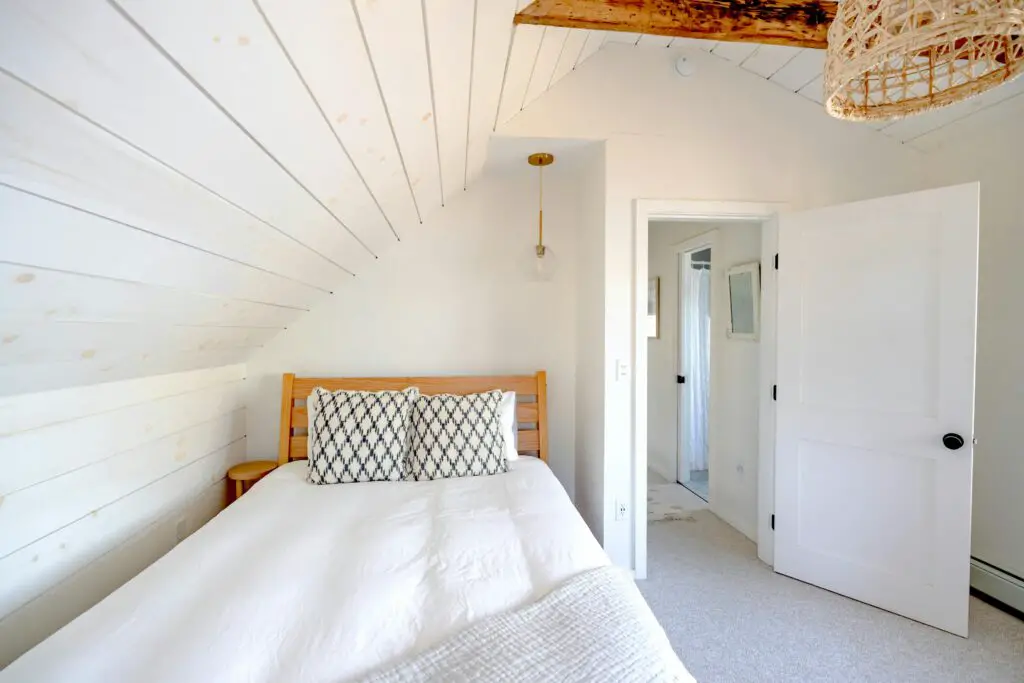
The rise of shiplap can largely be credited to Fixer Upper, where Joanna Gaines turned the rustic wall treatment into a farmhouse signature. But according to Better Homes & Gardens, this once-beloved trend is now falling out of favor as more buyers seek sleeker, more modern finishes. Shiplap was meant to add warmth and texture, but in overuse, it can make a space feel gimmicky or overly stylized. It’s starting to scream “early 2010s” rather than “timeless charm.”
Homeowners who covered entire rooms in shiplap may now be facing the task of removing it or painting over it to neutralize the look. What started as a charming nod to country living became a design crutch. In moderation, it still has appeal—but in excess, it dates a space fast. Today’s buyers are leaning toward cleaner lines and less overtly themed interiors.
2. Barn Doors Inside the House
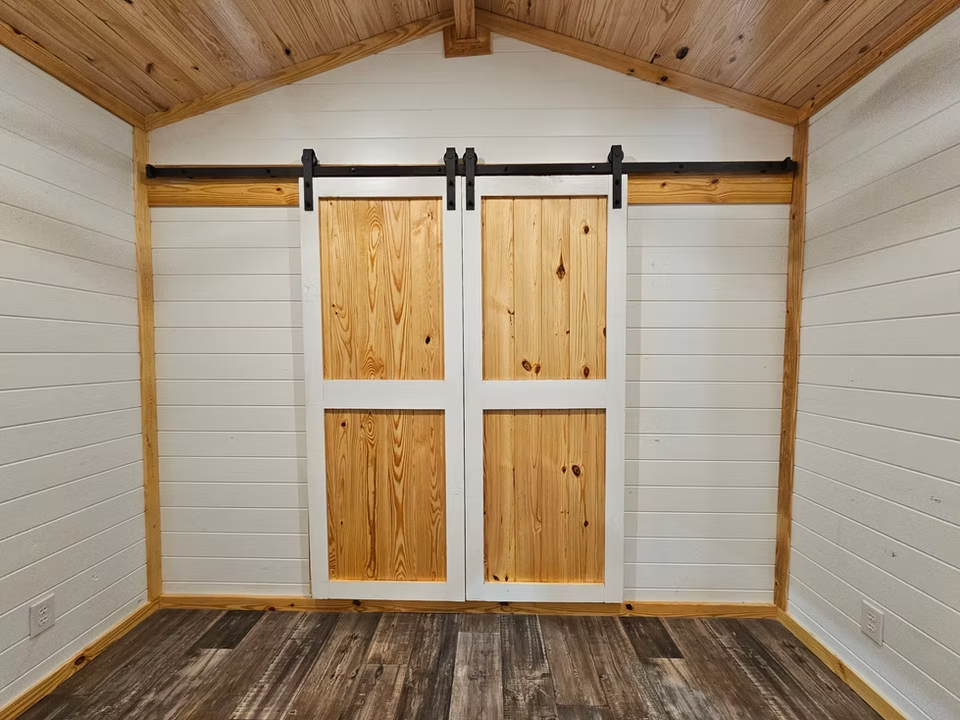
Sliding barn doors were once praised on HGTV for being both stylish and space-saving. But according to Apartment Therapy, buyers are increasingly seeing them as impractical and overly trendy. While visually striking, they don’t always provide proper sound insulation or privacy—especially for bathrooms or bedrooms. Their hardware can also be noisy and prone to wear.
Barn doors have become the avocado-green appliances of this design era. They were fresh and fun… until everyone had one. Now they’re often the first thing to go in a remodel. What once screamed “modern farmhouse” now just feels outdated.
3. Vessel Sinks

As noted by Home & Texture, vessel sinks were once a symbol of modern luxury on HGTV home reveals. But the bulky, above-counter design has proven less functional than its under-mount counterparts. They’re prone to splashing, harder to clean around, and can be awkward for daily use. While they look great in photos, they don’t always hold up in real-life routines.
Buyers are gravitating toward sleeker, easier-to-maintain sink options. What was once a showpiece is now considered more style over substance. Designers are even cautioning against installing them in resale-focused renovations. In short: vessel sinks have fallen from grace.
4. Overly Themed “Industrial Chic” Spaces
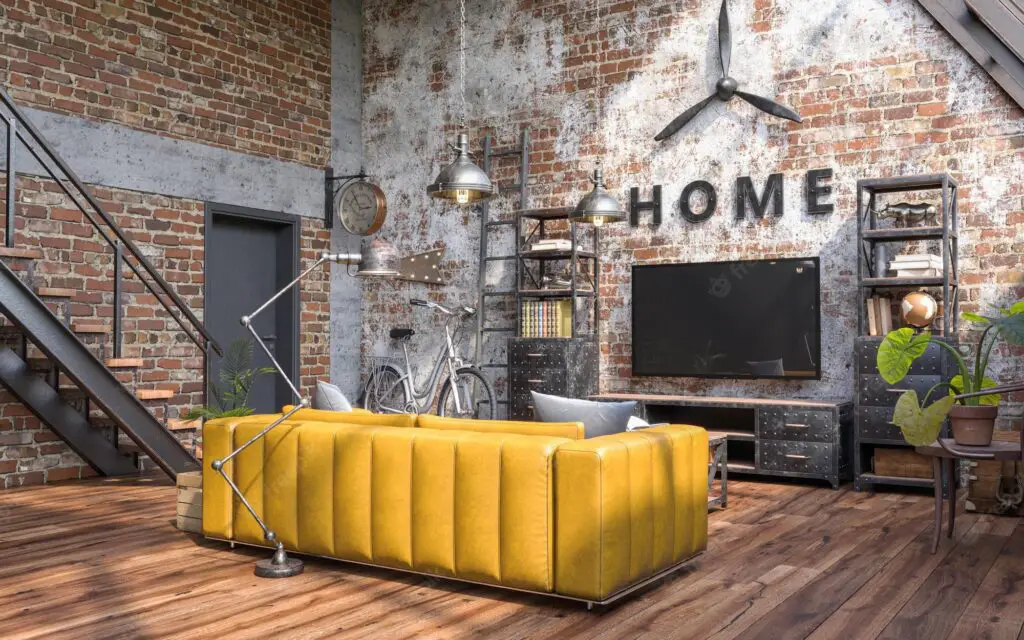
The industrial aesthetic, with its exposed brick, Edison bulbs, and raw metal finishes, was pushed hard by HGTV in the mid-2010s. But Architectural Digest notes that this trend is now wearing thin—especially in homes that feel forced rather than authentic. While loft spaces in converted buildings can still pull it off, suburban homes with faux-industrial touches often feel inauthentic. The look quickly turns cold and impersonal if not balanced with warmth.
People now crave more comfort and softness in their interiors. Harsh metals and dark hues are being swapped for light wood tones, layered textures, and biophilic design. Industrial chic might work for a coffee shop—but in a family living room, it’s losing its appeal. It’s another example of HGTV aesthetics aging poorly outside of TV magic.
5. Gray-on-Gray Interiors
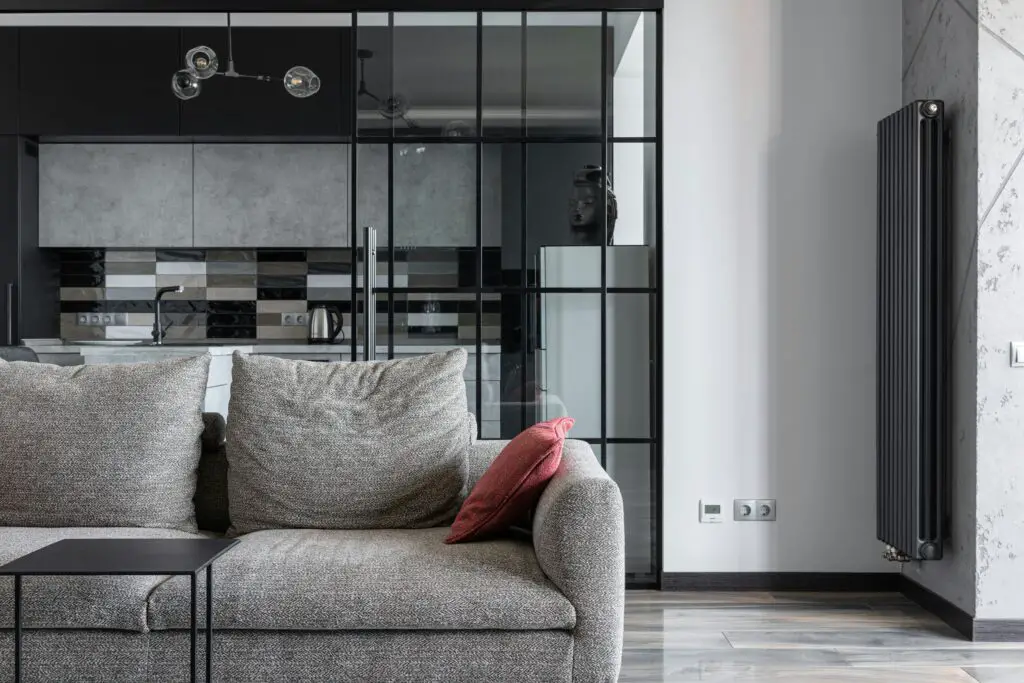
The all-gray palette was everywhere for a while—walls, furniture, rugs, and even cabinetry. Initially promoted as sleek and neutral, it’s now seen as cold and lifeless. Interior designers warn that too much gray flattens a room and saps it of personality. It can also feel sterile and uninviting, especially in homes without a lot of natural light.
What once looked modern now feels monotonous. Buyers and homeowners are starting to reintroduce warmer tones and layered color schemes. Greige and soft earth tones are replacing icy grays. This once-“safe” choice now risks looking dull and dated.
6. Open Shelving in Kitchens
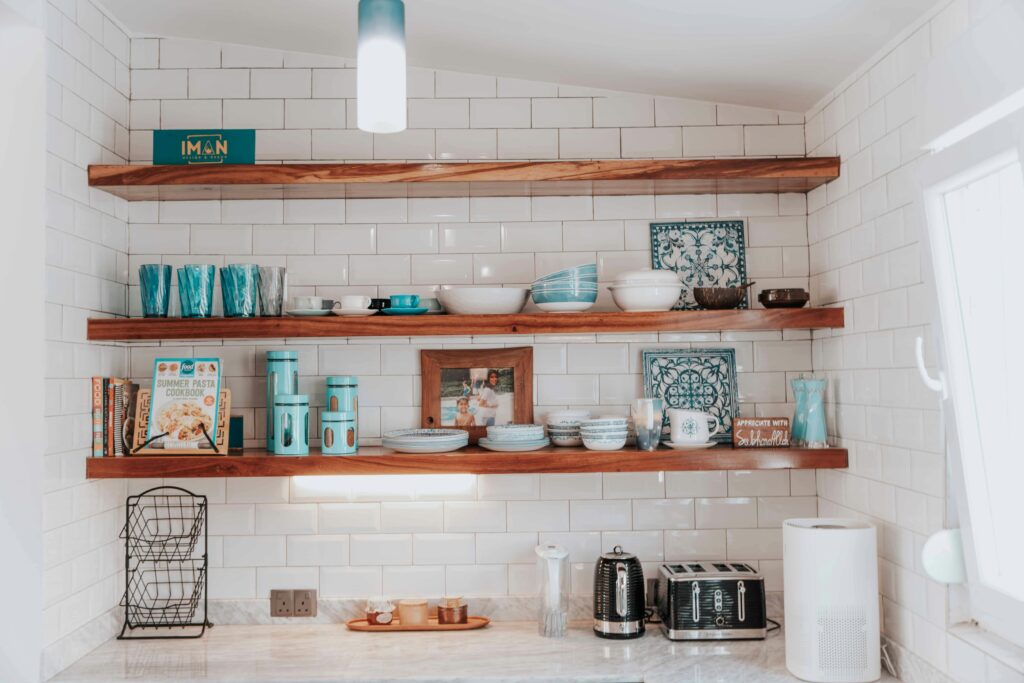
Open shelving had a major HGTV moment, promising airy kitchens and a chance to display beautiful dishware. But in real life, they’re a dust magnet and often end up looking cluttered. They also require constant upkeep to maintain visual appeal. For anyone with kids or a busy kitchen, practicality quickly outweighs the aesthetic.
Many homeowners are reinstalling upper cabinets for storage and convenience. Unless you’re incredibly organized—or live in a Pinterest fantasy—open shelves are more stress than style. This trend is aging quickly in homes that prioritize function. It’s pretty, but not practical.
7. All-White Kitchens
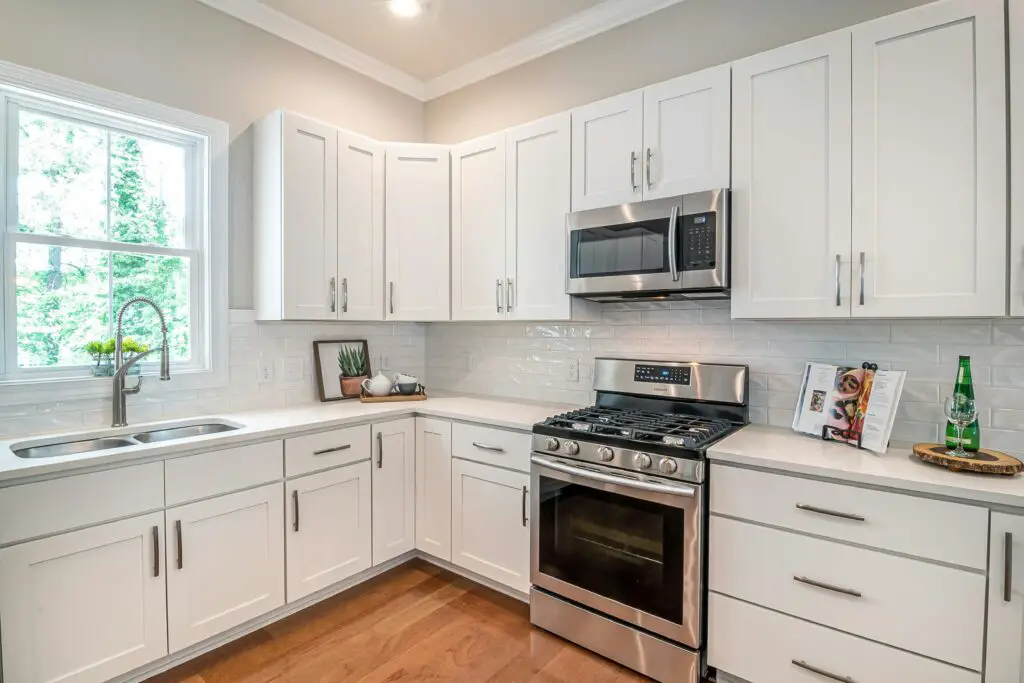
HGTV made all-white kitchens a dream for many viewers—but the upkeep is brutal. White cabinets, counters, and backsplashes may look clean in a reveal, but they show every speck of dirt and wear. Stains, smudges, and aging finishes become noticeable fast. Plus, the look has become a bit too cookie-cutter.
Designers are now leaning into mixed materials and two-tone cabinets to add dimension. White kitchens aren’t dead—but the ultra-sterile look is losing ground. A little contrast and color go a long way. People want personality with their practicality.
8. Statement Range Hoods
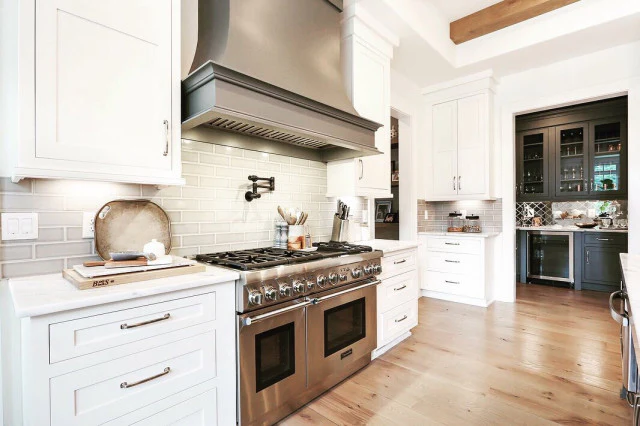
Large, decorative range hoods became a design centerpiece on many HGTV remodels. Whether they were wrapped in reclaimed wood or covered in ornate tile, the intent was drama. But homeowners are finding them overwhelming, especially in smaller kitchens. They can dominate the space and limit other layout options.
Subtle, built-in hoods are coming back into style. The goal is a kitchen that feels open, not one anchored by a giant overhead structure. Flashy range hoods now feel like trying too hard. The less-is-more approach is winning again.
9. Chevron and Herringbone Overload

These zigzag patterns were everywhere for a while—on backsplashes, hardwood floors, and accent walls. At first, they felt bold and fun. But now, chevron in particular has become visually exhausting and overused. Even herringbone, the more classic sibling, can feel tired when used indiscriminately.
What started as a stylish accent turned into a design crutch. These patterns draw a lot of attention, so when they fall out of fashion, it’s hard to ignore. Today’s trends are leaning more subtle, with clean lines and organic textures. Too much zigzag equals instant time stamp.
10. Faux Reclaimed Wood Accents
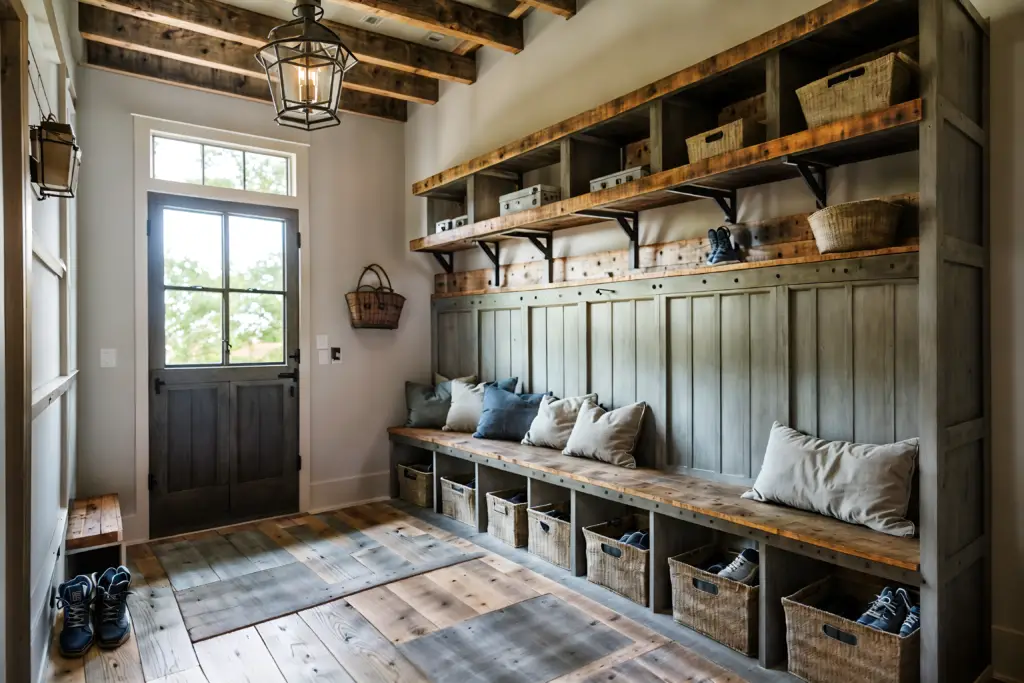
HGTV helped popularize the rustic, repurposed look—especially when actual reclaimed wood wasn’t accessible. But faux finishes often lack the charm of the real thing. Over time, they can peel, chip, or reveal their manufactured origins. The illusion doesn’t hold up as well as homeowners hoped.
Designers now encourage authenticity over imitation. If you want wood, choose something solid and well-finished—even if it’s new. Faux rustic can quickly look cheap or mass-produced. It’s better to skip it than fake it.
11. Excessive Accent Walls
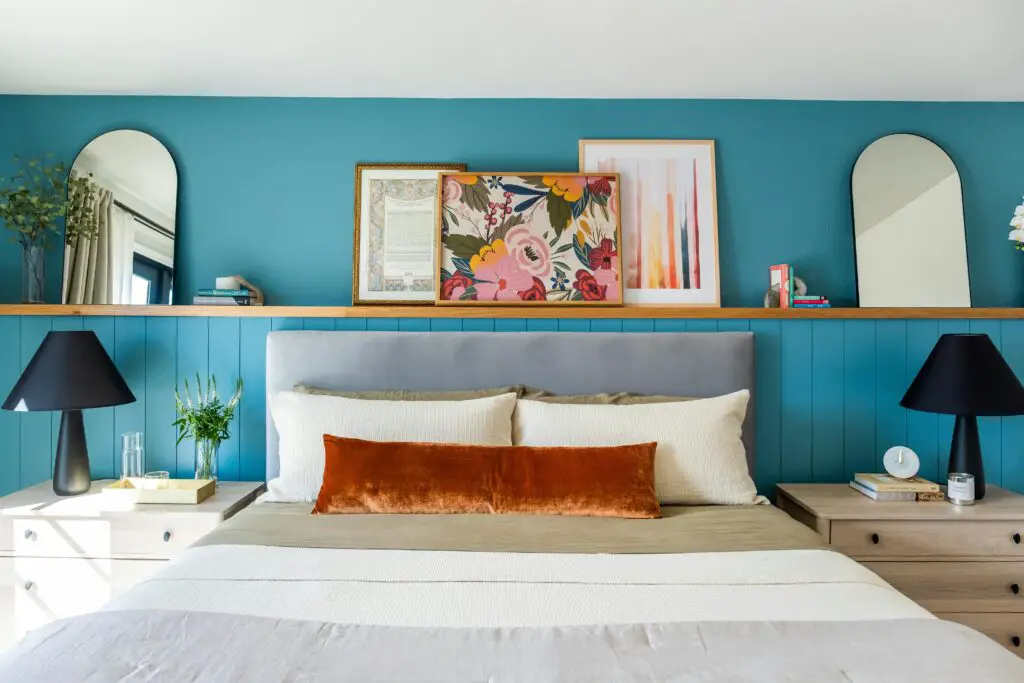
Accent walls were once a designer’s go-to HGTV tip for spicing up a space. But many of those painted or wallpapered walls now feel more jarring than stylish. Instead of elevating a room, they can interrupt the flow and date the space. Especially when bold patterns or bright colors are involved, they can quickly fall out of style.
Today’s aesthetic is more cohesive and restrained. Rather than one wall screaming for attention, designers favor balance throughout the space. Subtlety is the new drama. Accent walls are slowly fading into the background.
12. Overstyled “Staging” Décor
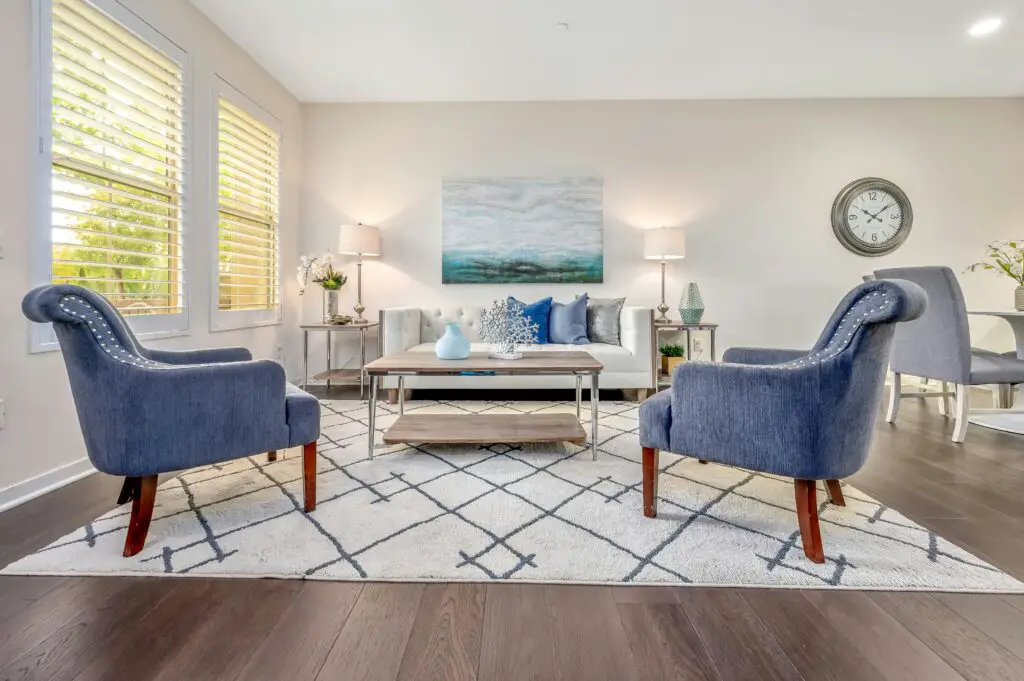
HGTV taught viewers how to stage a home like a pro—but too much of that approach can backfire in daily life. Carefully stacked books, pristine trays, and color-coordinated vases can make a home feel more like a showroom than a living space. People are craving authenticity, warmth, and imperfection. Real homes should look lived-in, not like a catalog.
That overly curated coffee table isn’t fooling anyone. Buyers and homeowners alike want comfort, not just polish. Design that focuses too heavily on appearances tends to age poorly. The new rule? If it doesn’t serve a purpose, skip it.
13. Faux Fireplace Mantels

HGTV loved a good faux mantel to create a “focal point” in rooms that didn’t have real fireplaces. But these nonfunctional structures often feel like unnecessary filler. They take up space and usually serve no real purpose besides aesthetics. As trends move toward minimalism, bulky fake fireplaces are being phased out.
If you don’t have a chimney or gas line, consider other focal points like art or built-in shelving. Mantels without fire just feel hollow—literally and stylistically. Real fireplaces still have a place, but their fake counterparts? Not so much. It’s time to retire the illusion.
